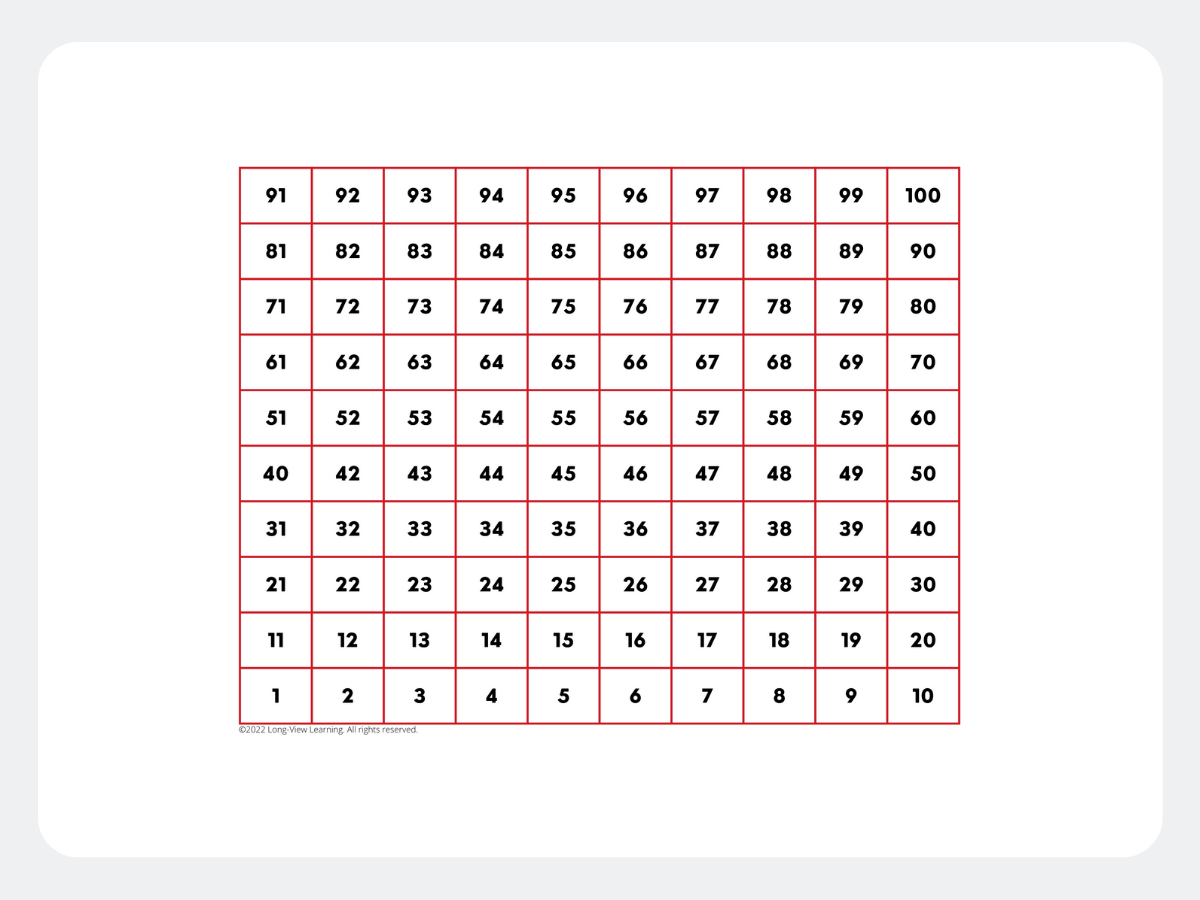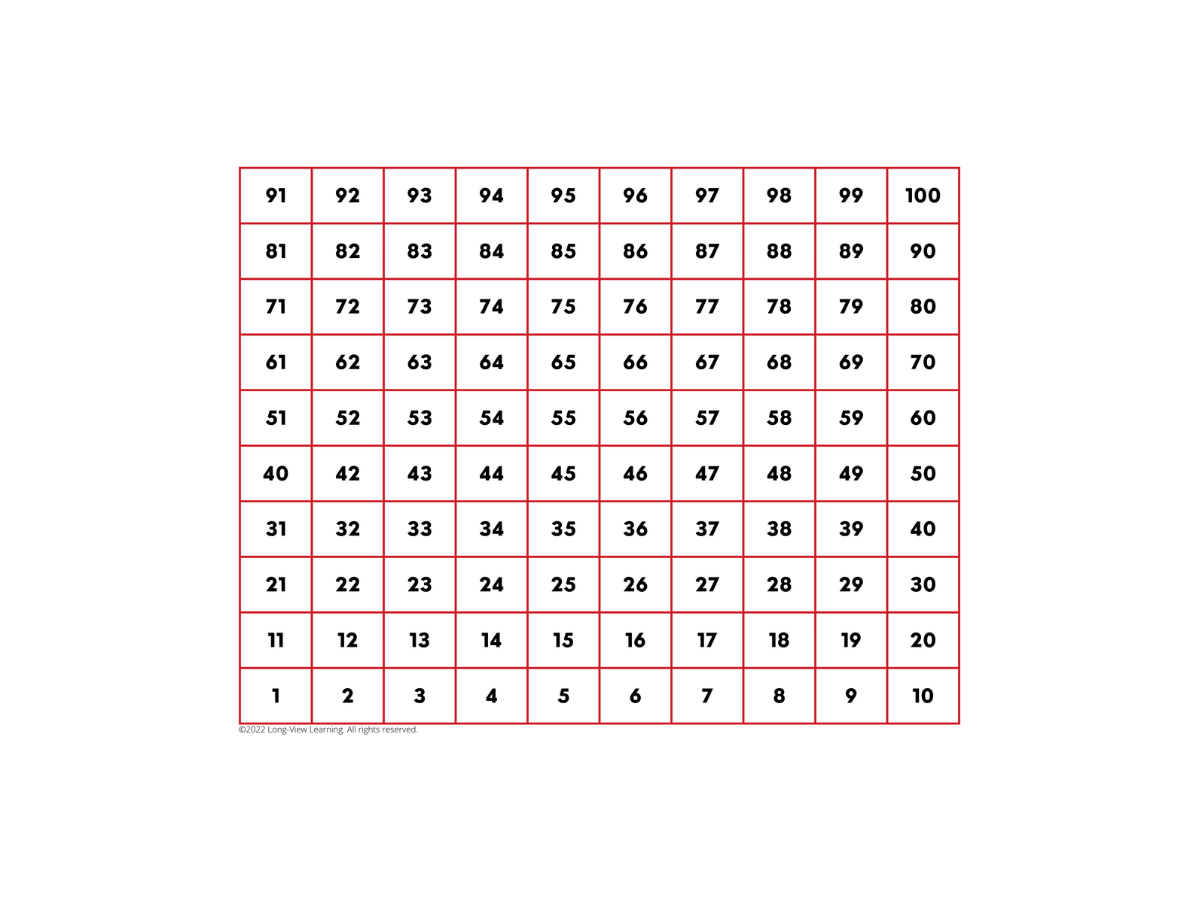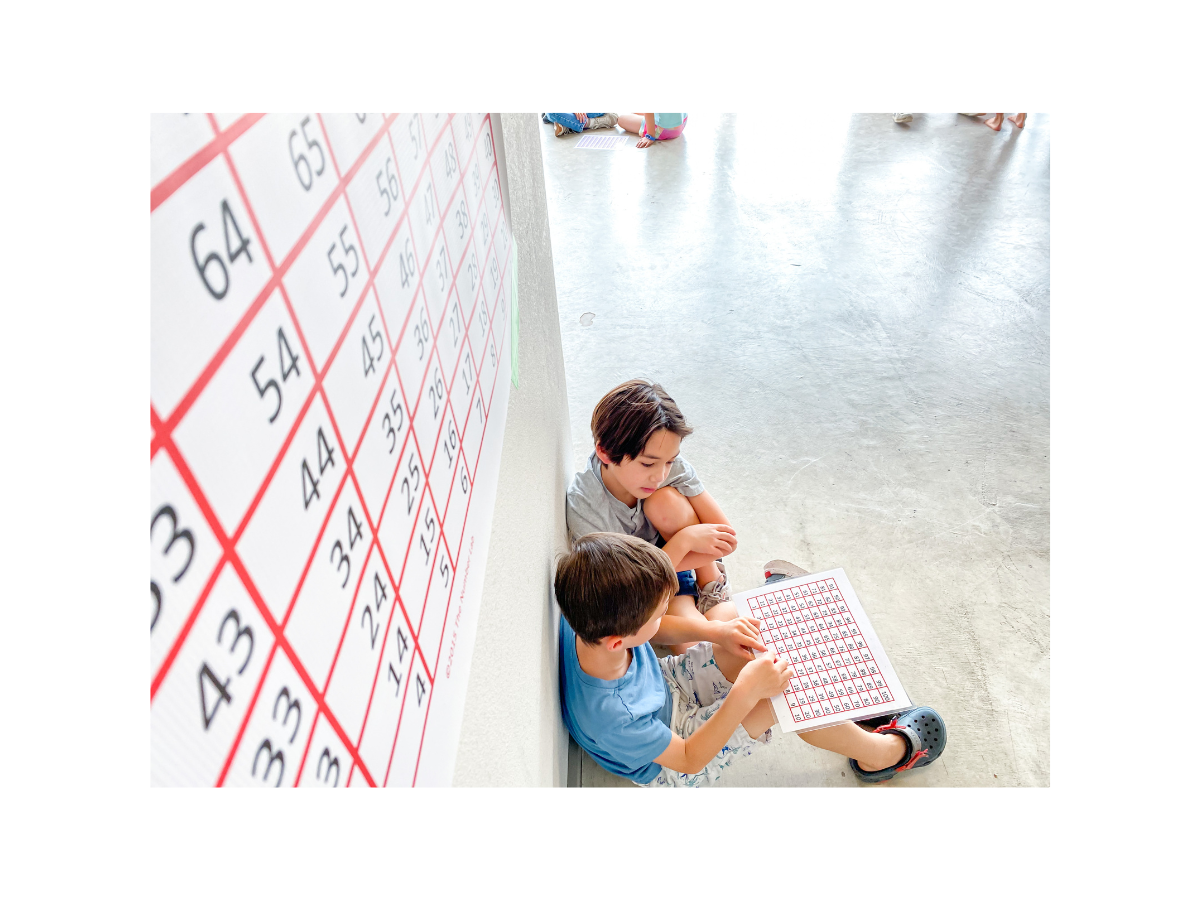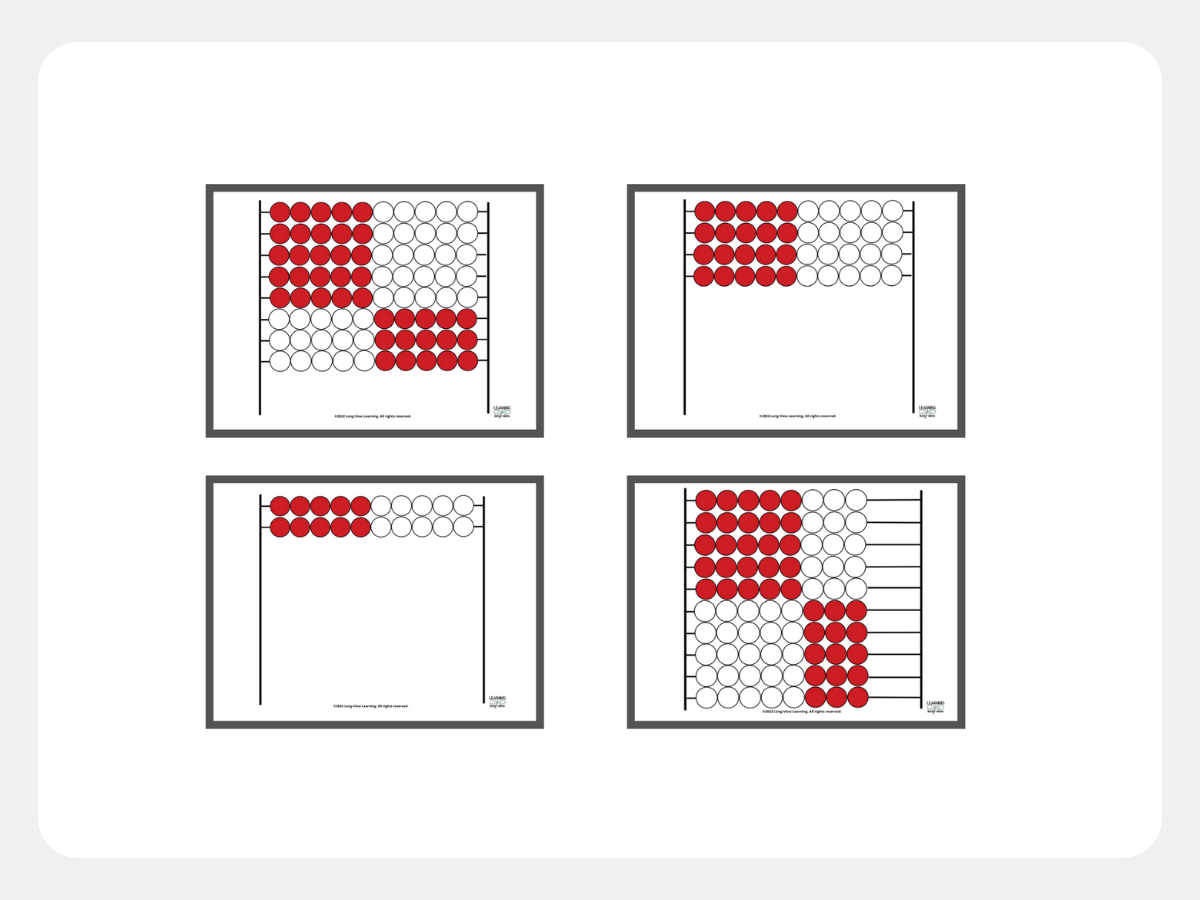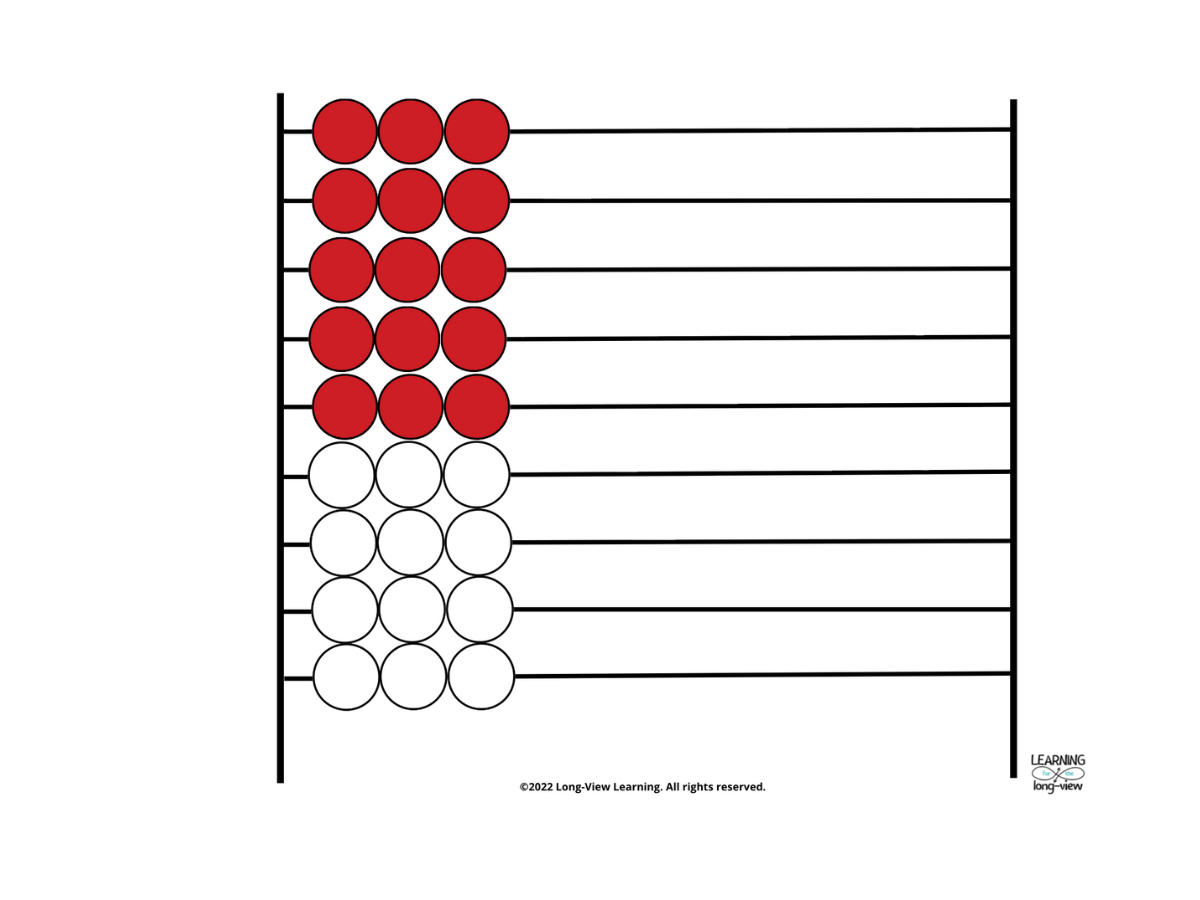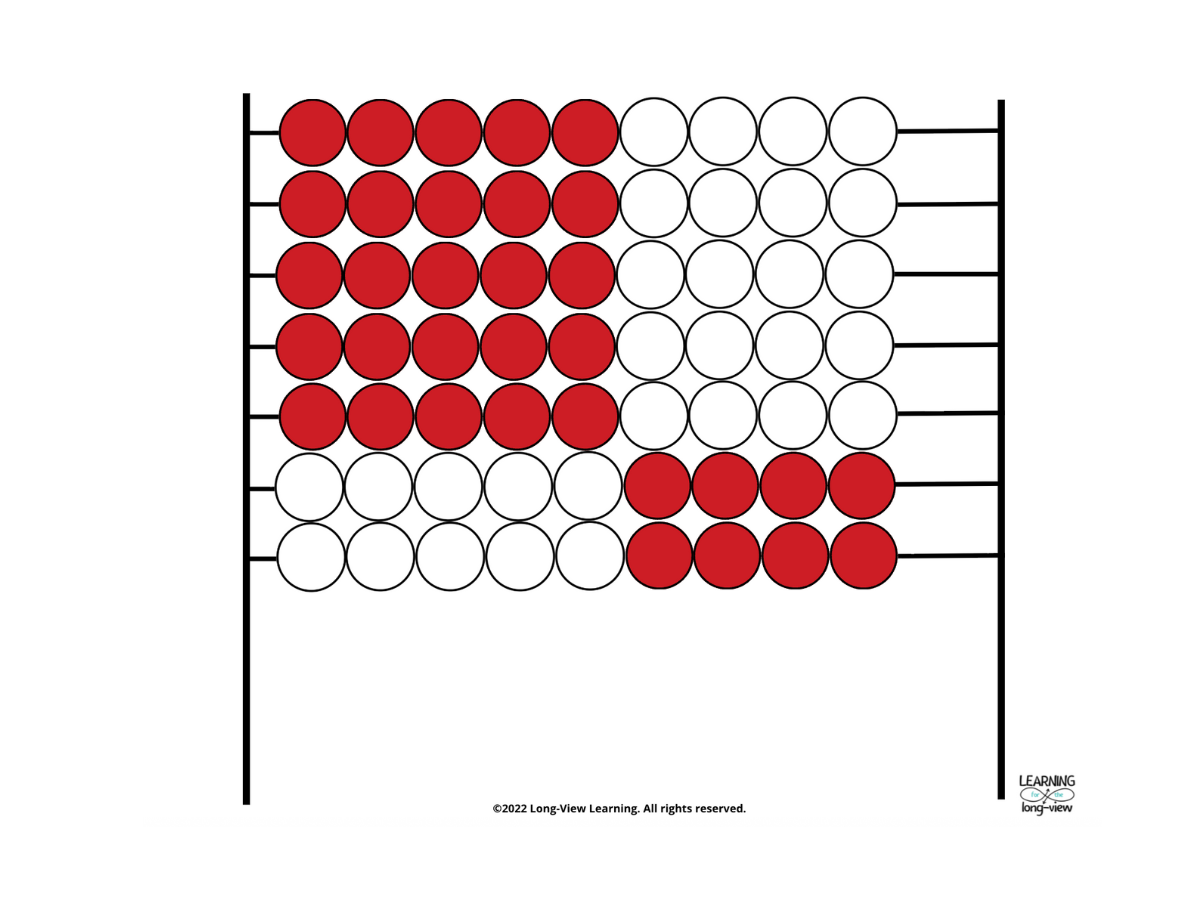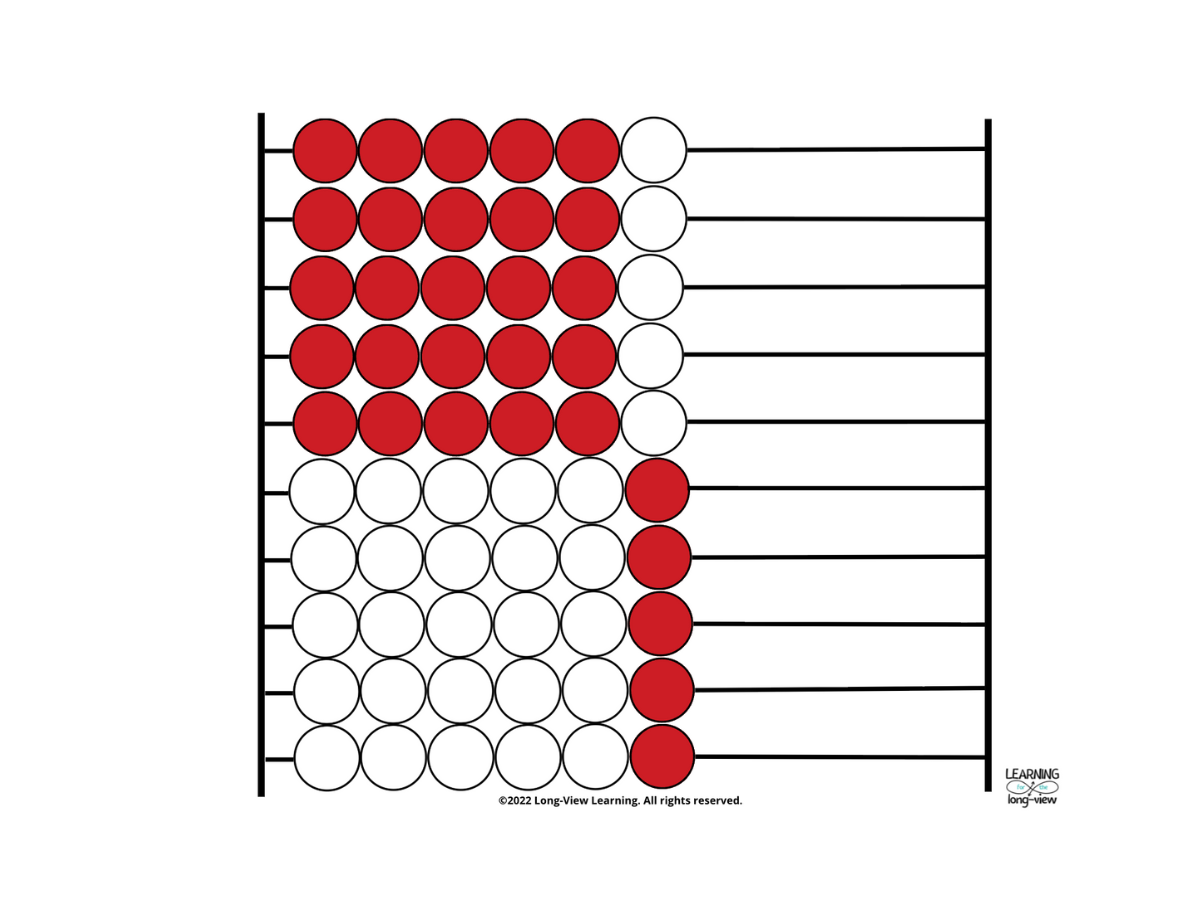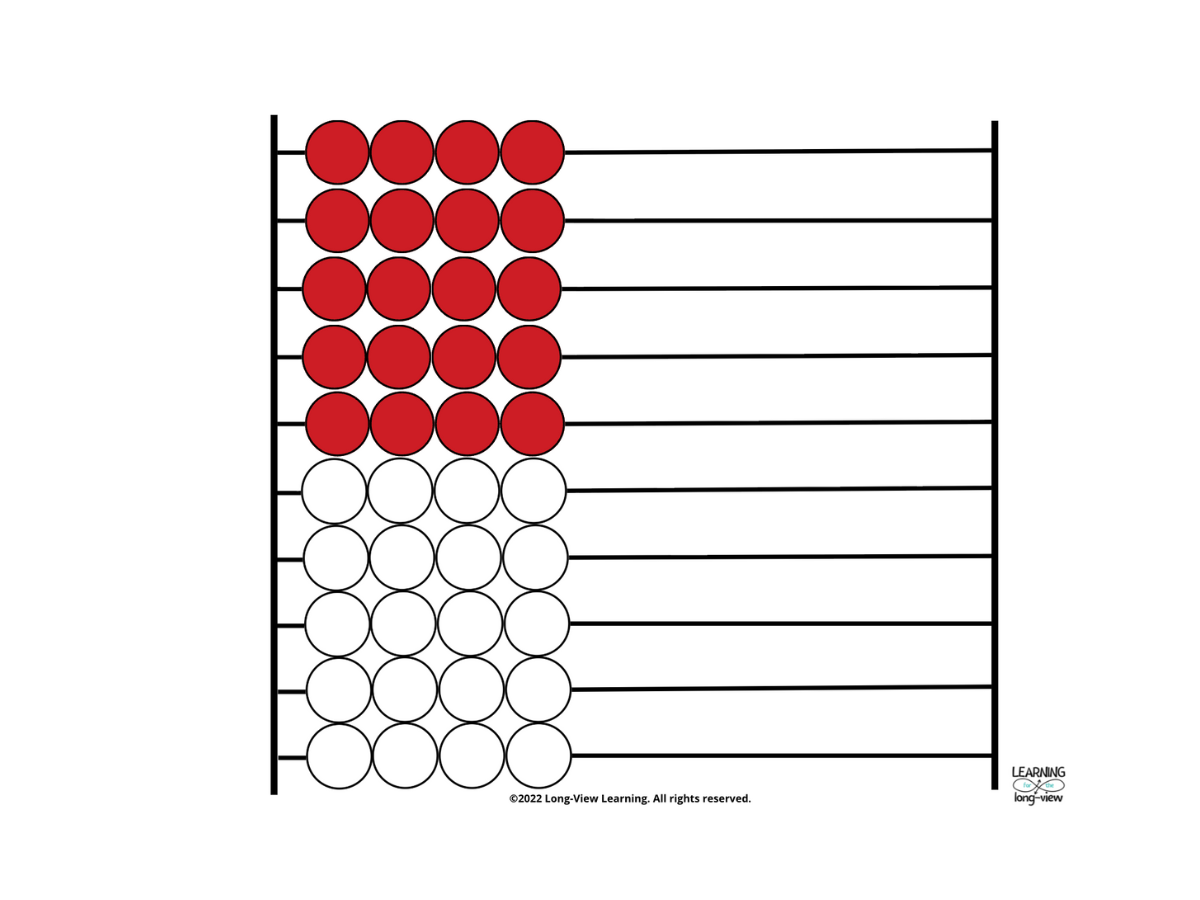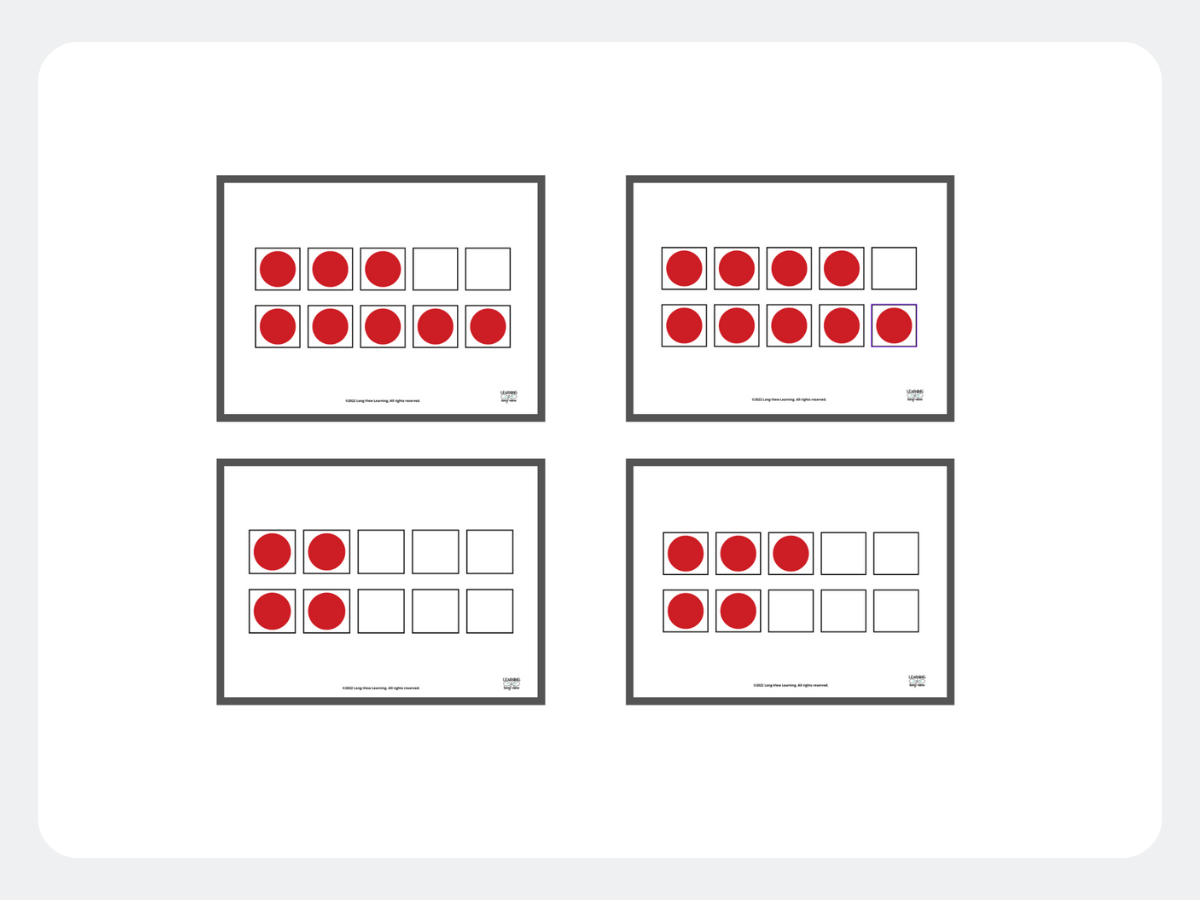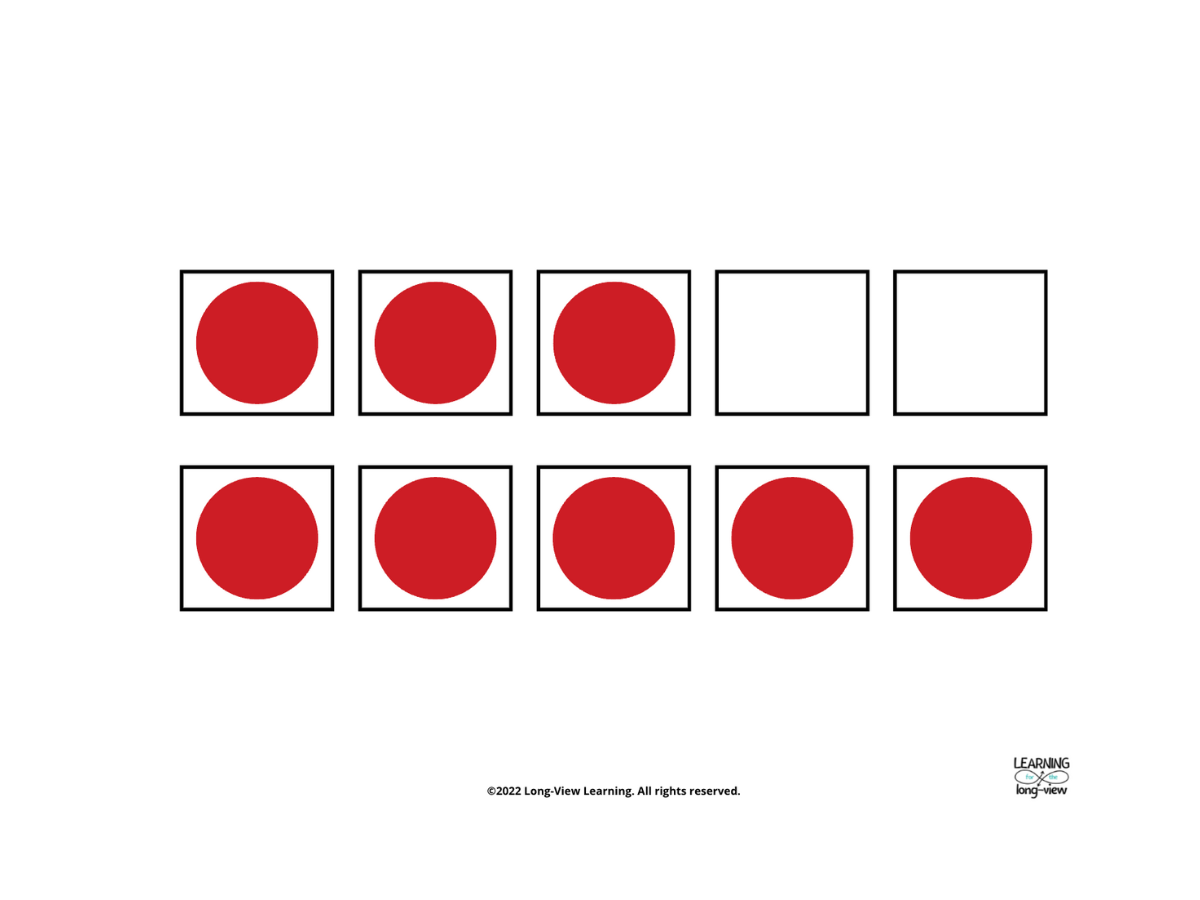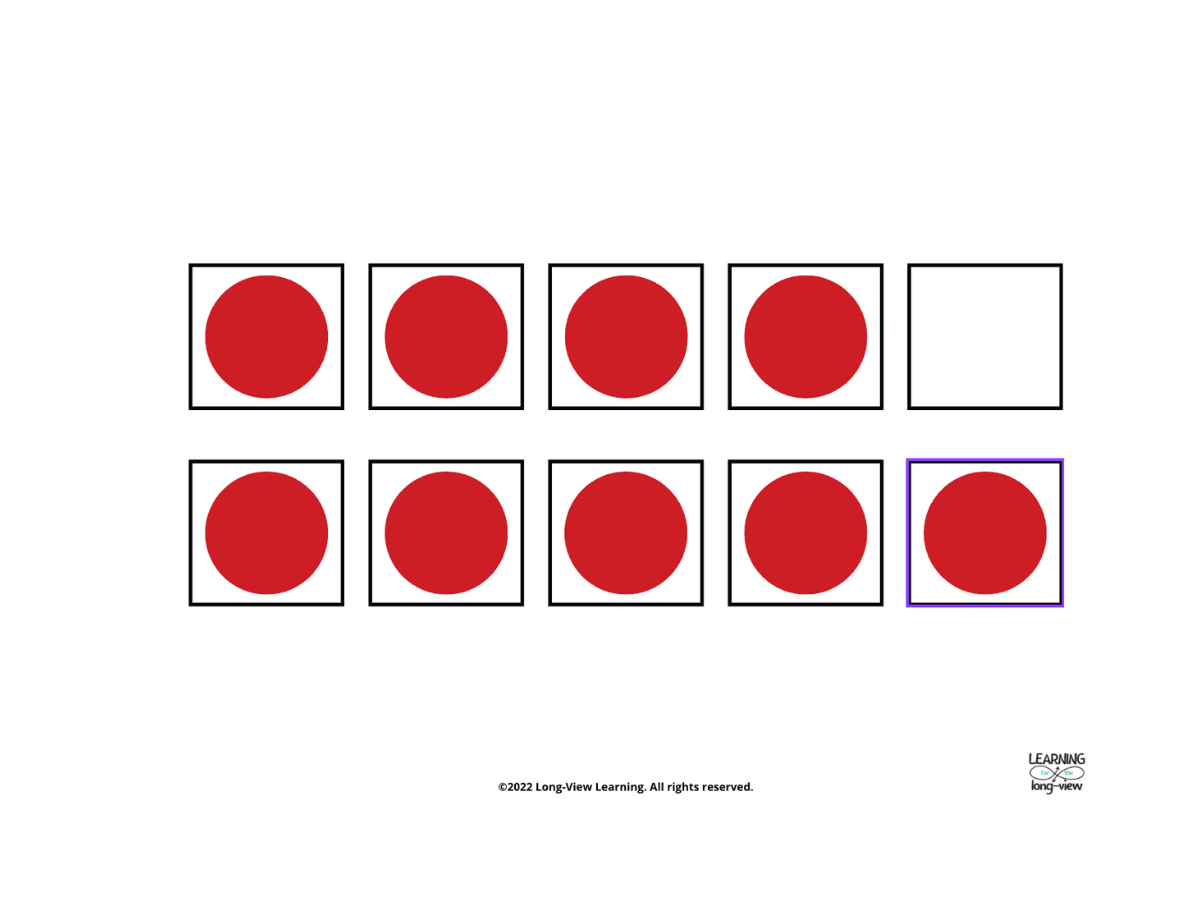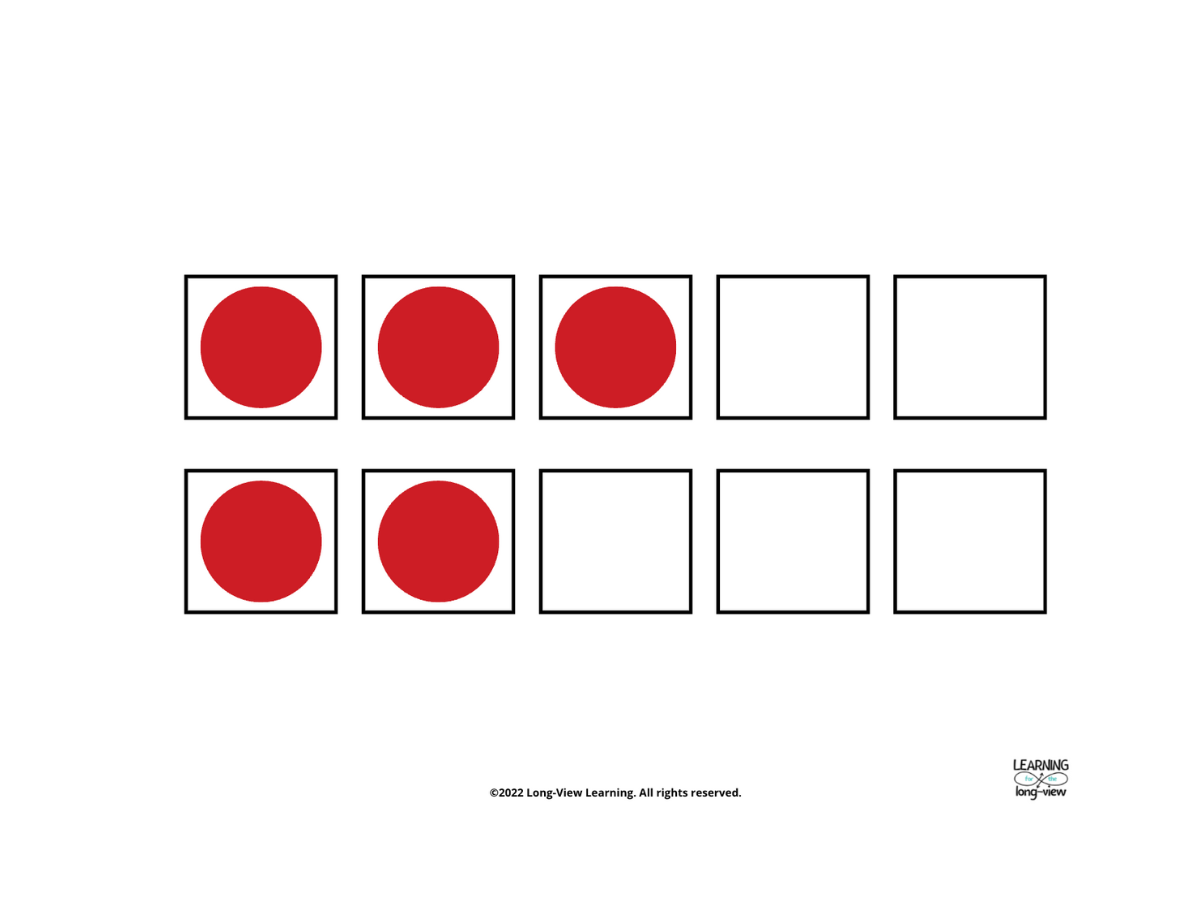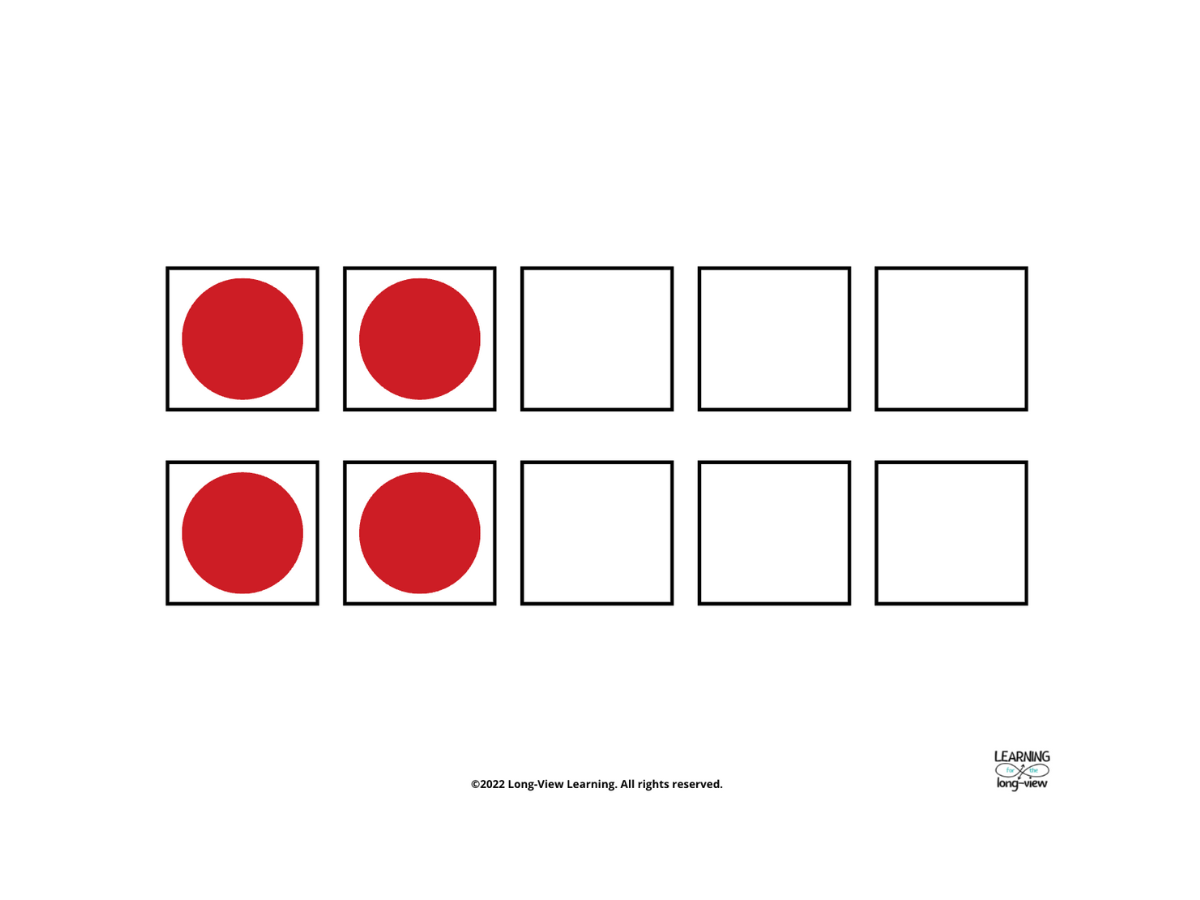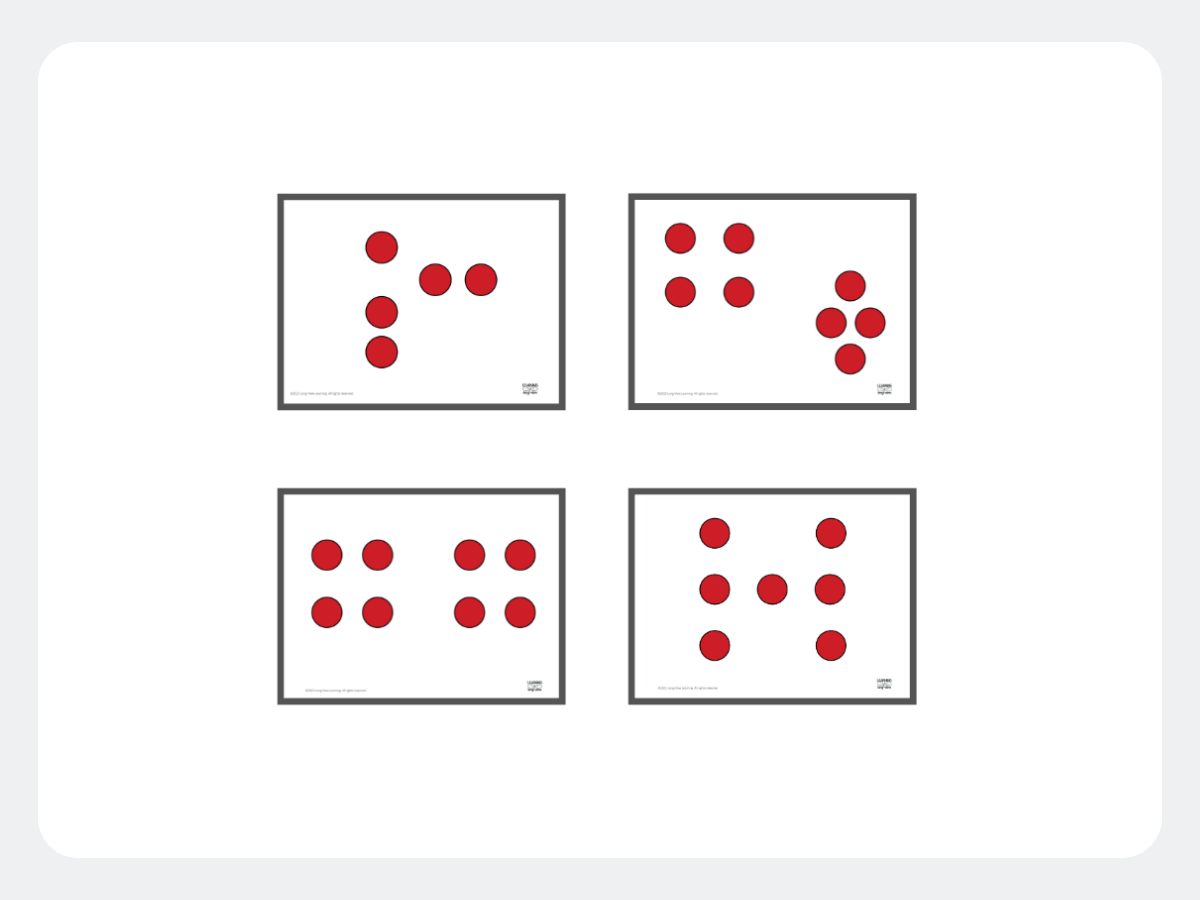 Image 1 of 5
Image 1 of 5

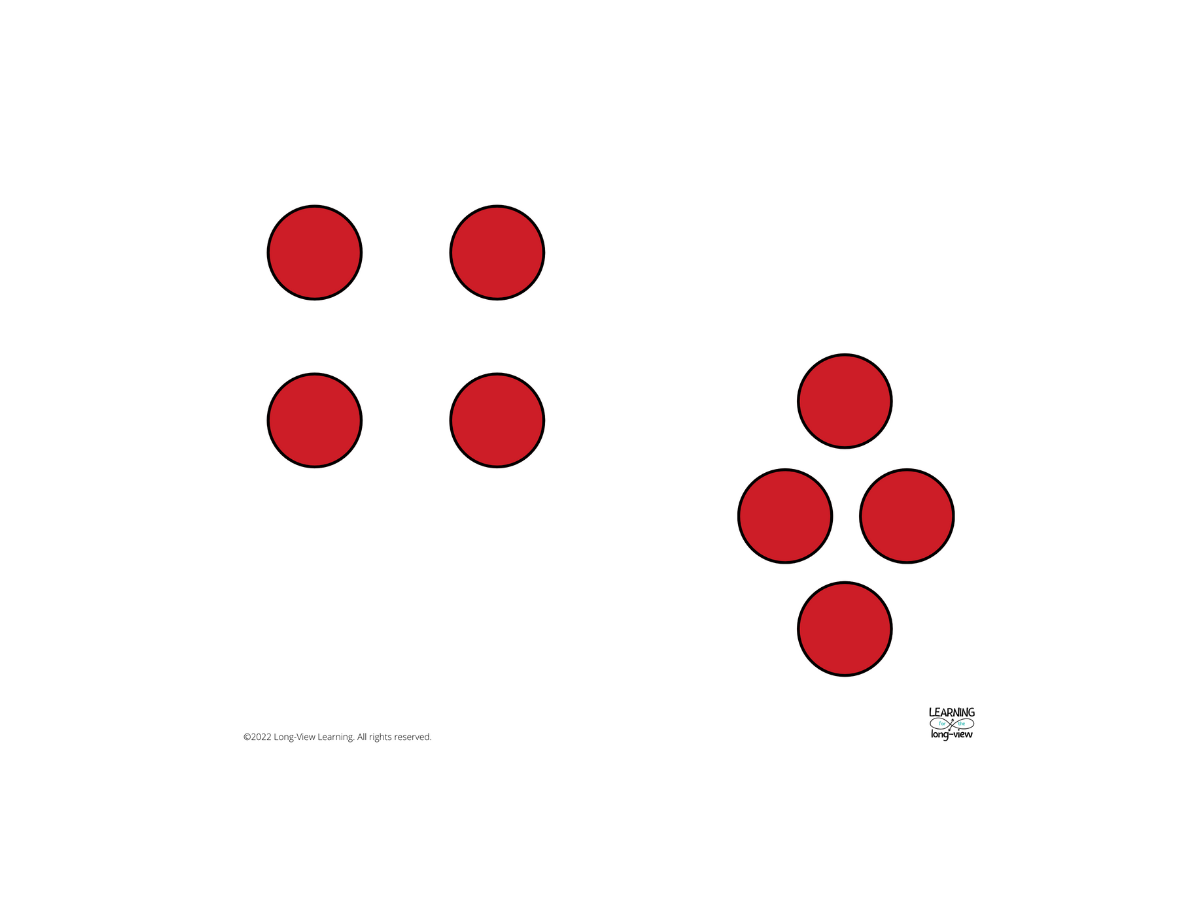 Image 2 of 5
Image 2 of 5

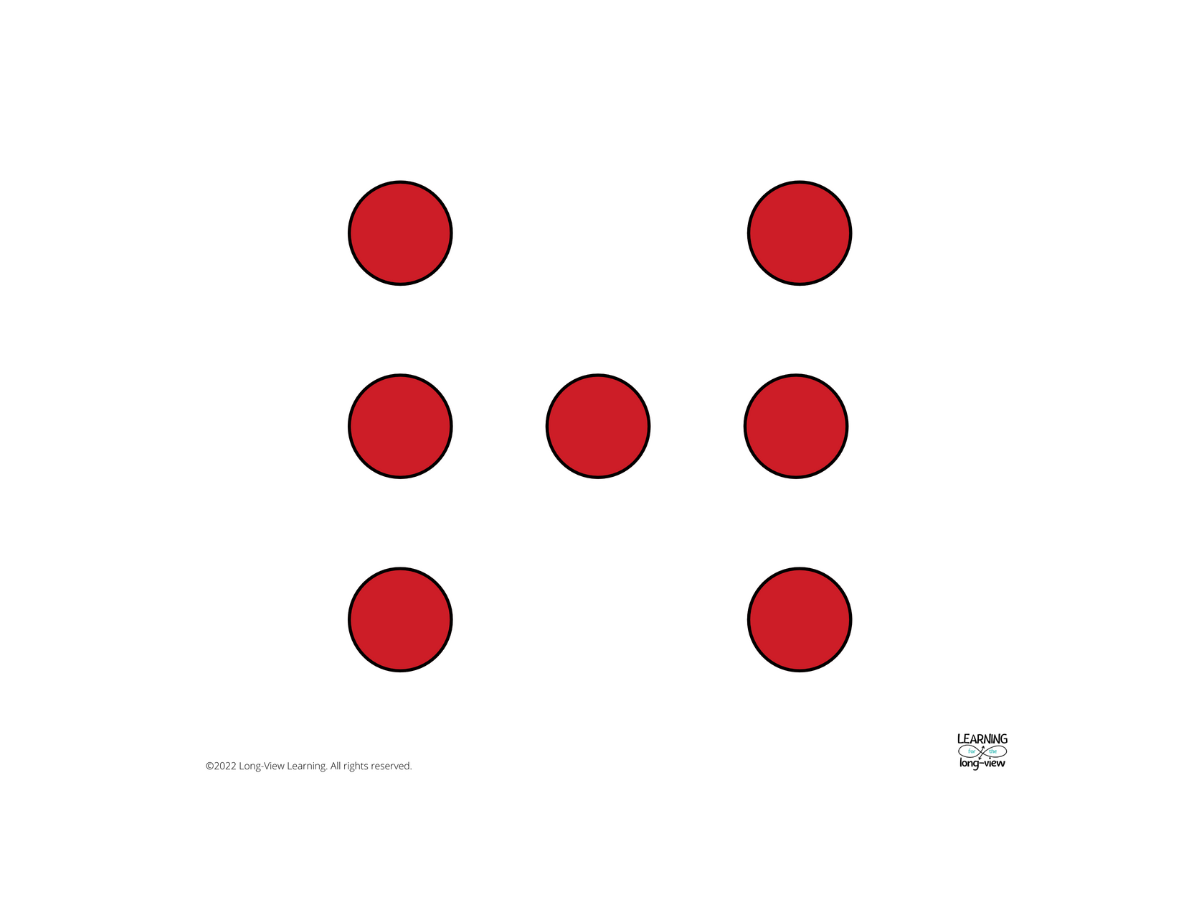 Image 3 of 5
Image 3 of 5

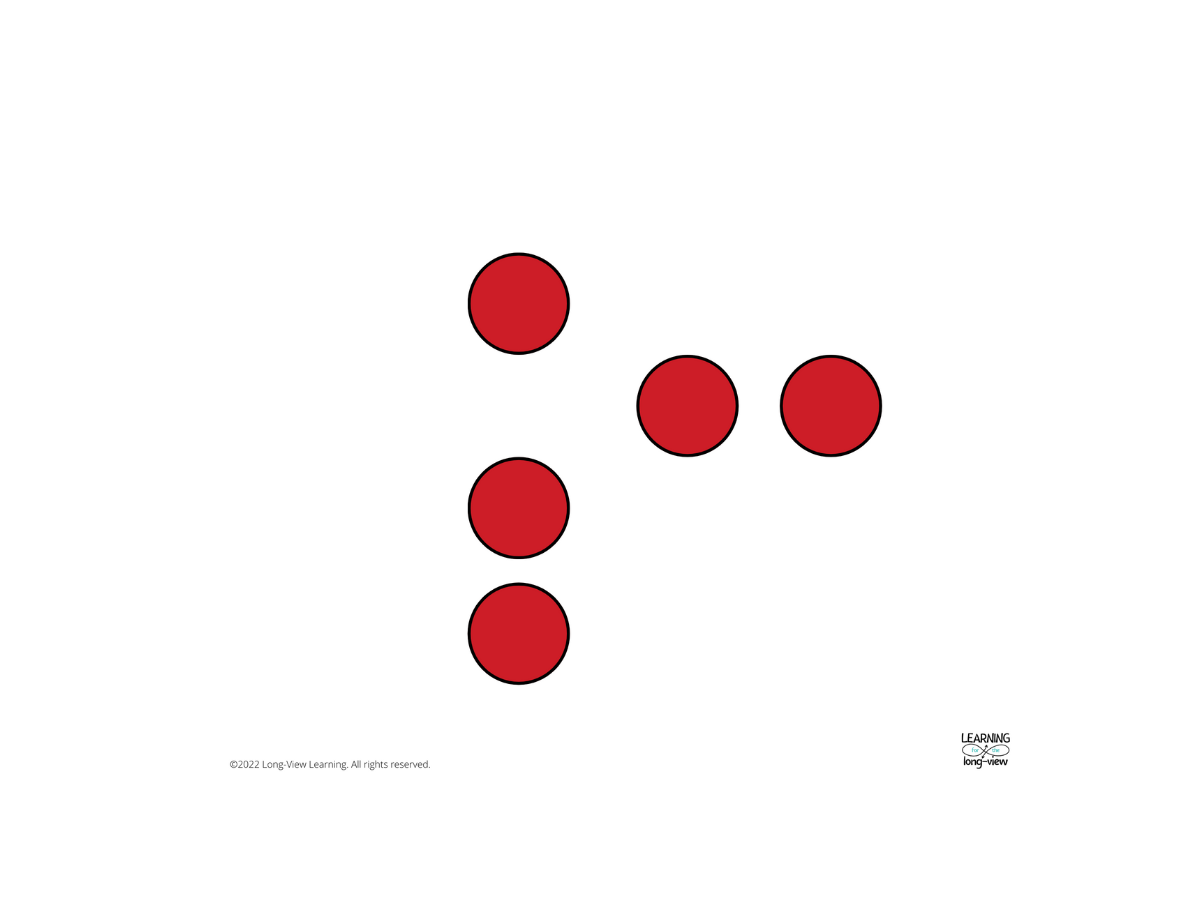 Image 4 of 5
Image 4 of 5

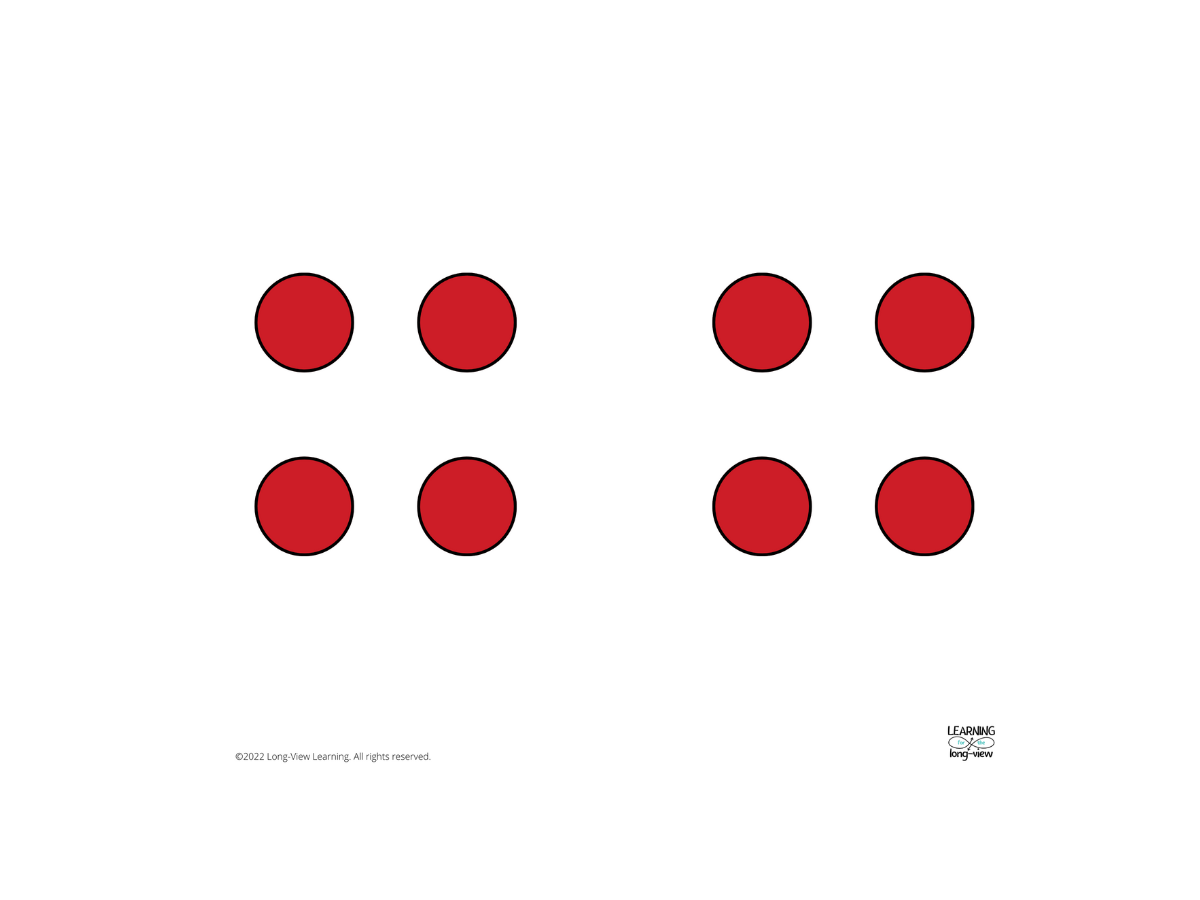 Image 5 of 5
Image 5 of 5






Dot Configurations
An important step in early numeracy is subitizing, or “instantly seeing how many.” There are 2 types of subitizing: perceptual and conceptual. Dot Configurations should be used for discussions and then used as quick images can facilitate the development of conceptual subitizing. This more advanced ability to group and quickly quantify sets in turn supports the development of number sense and arithmetic abilities. Douglas H. Clements notes, “Children who cannot subitize conceptually are handicapped in learning arithmetic processes.”
This is a digital download. It is a PDF containing a page of directions, two pages of helpful background information/research, and 124 images, delivered in two formats: “Cards” and “Slides.” The “Cards,” pages 5-64, are formatted to be printed on cardstock and used as a physical set of cards. The “Slides,” pages 66-192, contain 64 images, but in this section a blank slide is provided between each dot configuration so that a teacher can more easily use the slides as projectable Quick Images.
Once you have purchased our Dot Configurations, you'll have 24 hours to download the pdf. You will have a link displayed after purchase; in addition, the link will be emailed to you. We trust that you will follow copyright laws and use this digital download for your own use.
An important step in early numeracy is subitizing, or “instantly seeing how many.” There are 2 types of subitizing: perceptual and conceptual. Dot Configurations should be used for discussions and then used as quick images can facilitate the development of conceptual subitizing. This more advanced ability to group and quickly quantify sets in turn supports the development of number sense and arithmetic abilities. Douglas H. Clements notes, “Children who cannot subitize conceptually are handicapped in learning arithmetic processes.”
This is a digital download. It is a PDF containing a page of directions, two pages of helpful background information/research, and 124 images, delivered in two formats: “Cards” and “Slides.” The “Cards,” pages 5-64, are formatted to be printed on cardstock and used as a physical set of cards. The “Slides,” pages 66-192, contain 64 images, but in this section a blank slide is provided between each dot configuration so that a teacher can more easily use the slides as projectable Quick Images.
Once you have purchased our Dot Configurations, you'll have 24 hours to download the pdf. You will have a link displayed after purchase; in addition, the link will be emailed to you. We trust that you will follow copyright laws and use this digital download for your own use.





